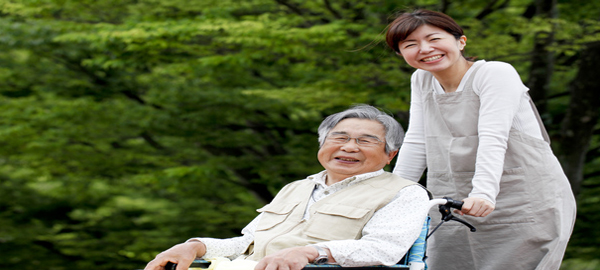Conditions and Disabilities Among Adults
Certain conditions have contributed to the causes of disabilities among adults. Some of these may be easily preventable in comparison to other conditions.
Most of these causes are due to unhealthy lifestyle practices such as poor and unhealthy eating habits, smoking, excessive alcohol consumption, lack of physical activity, not obtaining enough sleep, stress, and sedentary lifestyles.
Examining the aforementioned factors, it is not impossible to inject some sort of modifications onto it in order to come up with a more favorable and healthier lifestyle.
Arthritis for example affects a huge percentage of adults in various ways, depending on its type and severity. It may be due to the loss of the cartilage’s elasticity, infection such as that in septic arthritis, inflammation, or even over consumption of foods rich in uric acid.
Arthritis can affect a person’s ability to perform the daily activities and would often elicit frustrations and irritability especially during its first stage where the host hasn’t adjusted himself yet to the condition.
Other than arthritis, back ache is also a common complaint especially during the course of aging while some might just be a result of fall or other related accidents.
Heart diseases often mark some restrictions to a person’s activity and even in one’s diet. A person who is used in doing active activities might find himself opting for some alternatives which is lighter to execute and diets which is low in fats, sugar, and salt contents. This condition shouldn’t be ignored as it can be detrimental if left unmanaged.
Another condition is cancer as it involves a lot of surgery, treatments such as chemotherapies which can hinder a person from performing one’s duty and given the condition that they become more susceptible to various diseases.
Diabetes is also common among adults and if it remained unmanaged, it can progress to further complications and even amputation of affected extremities if deemed necessary.
Mental health conditions can also be a cause of disability among adults as every activity and actions require the mind to function properly for the dissemination of commands to the respective body parts. Conditions such as depression, bipolar disorder and other disorders are considered as one of the causes of adult disabilities.
Certain nervous system conditions such as epilepsy, Alzheimer’s, and Parkinson’s disease can also result to disabilities, especially as the latter two affects mostly the person’s memory.
Some of these conditions may be hereditary, however, if these conditions cannot be prevented, at least there are means by which their progress will be in a slower pace.




